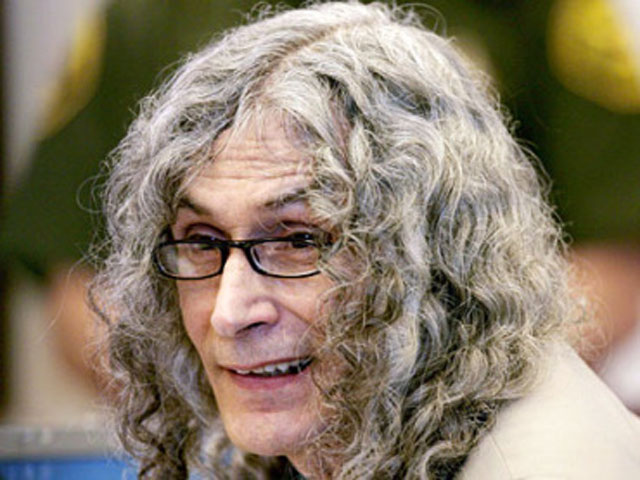Rodney Alcala is a name synonymous with terror, deceit, and gruesome crimes. Known for his charisma and intelligence, Alcala led a double life, charming his way into the lives of many while hiding his dark and sinister tendencies. His crimes shocked the world, and the sheer brutality of his actions left an indelible mark in criminal history. In this article, we will delve into his life, his criminal activities, his modus operandi, and the investigation that ultimately brought him to justice.
Early Life of Rodney Alcala
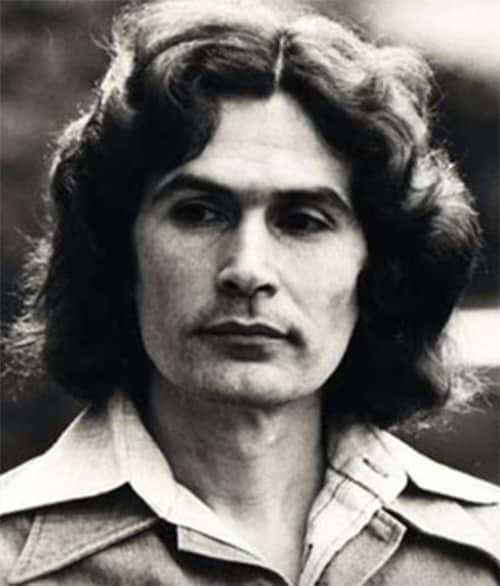
Rodney Alcala, born in San Antonio, Texas, in 1943, had a tumultuous childhood that some believe contributed to his future as a serial killer. Alcala’s early years were marked by a series of moves, with his family eventually settling in Los Angeles. The focused keyword here is Rodney Alcala’s early life. After his father abandoned the family, Alcala’s mother struggled to raise him and his siblings. As a young boy, Alcala was described as intelligent, but his behavior began to show signs of trouble during adolescence. His early life experiences may have played a significant role in shaping his disturbed personality.
Alcala’s Education and Early Career

Despite his troubling behavior, Rodney Alcala’s education was impressive. He enrolled at UCLA in the 1960s, where he majored in fine arts. However, behind his academic success lurked a dark side. In 1968, Alcala was drafted into the U.S. Army but was soon discharged after a nervous breakdown, diagnosed with antisocial personality disorder. This diagnosis, however, did not stop Alcala from pursuing higher education.
Alcala attended New York University under the alias John Berger, where he studied film under renowned director Roman Polanski. His academic and professional achievements masked his predatory tendencies. The focused keyword in this paragraph is Rodney Alcala’s education.
The Start of His Killing Spree
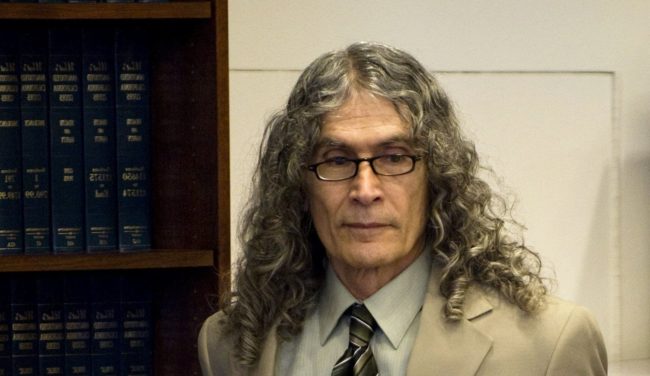
Alcala’s criminal career began with a horrific incident in 1968 when Rodney Alcala abducted and assaulted an 8-year-old girl, Tali Shapiro, in Los Angeles. She was left for dead, but a passerby alerted the police, saving her life. Alcala managed to flee, becoming a fugitive on the run.
For several years, Alcala eluded the authorities, relocating to New York and continuing his studies. During this time, he began a series of brutal murders. The keyword Rodney Alcala’s killing spree highlights his early crimes. Alcala would approach young women, often posing as a professional photographer, and lure them into isolated locations where he would torture and kill them.
Modus Operandi: Photography and Manipulation

One of the most chilling aspects of Rodney Alcala’s modus operandi was his use of photography to lure his victims. Alcala, with his good looks and charm, would approach women, offering to take their pictures as part of his “portfolio-building” efforts. These women were unaware that they were walking into a deadly trap.
Once in a secluded area, Alcala would assault and murder his victims in horrific ways. He often tortured them, prolonging their suffering before ultimately ending their lives. His focused keyword here is Rodney Alcala’s photography tactics, as his camera became both his weapon and his method of manipulation.
Rodney Alcala’s Appearance on ‘The Dating Game’
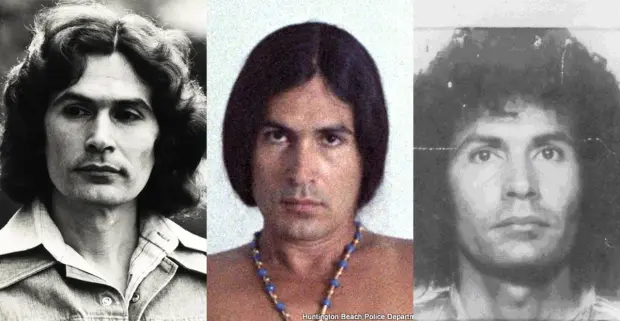
In 1978, despite being an active serial killer, Alcala appeared as a contestant on the popular television show The Dating Game, where he won a date with a woman on national TV. Rodney Alcala’s appearance on The Dating Game is one of the most shocking aspects of his double life. His charm and quick wit led to his victory, but the woman who won the date reportedly found him “creepy” and refused to go out with him.
This moment illustrates how adept Alcala was at hiding his true nature. Despite being on the FBI’s Most Wanted list, he was able to present himself as a charismatic and charming individual. The focused keyword here is Rodney Alcala’s television appearance.
The Investigation and Capture
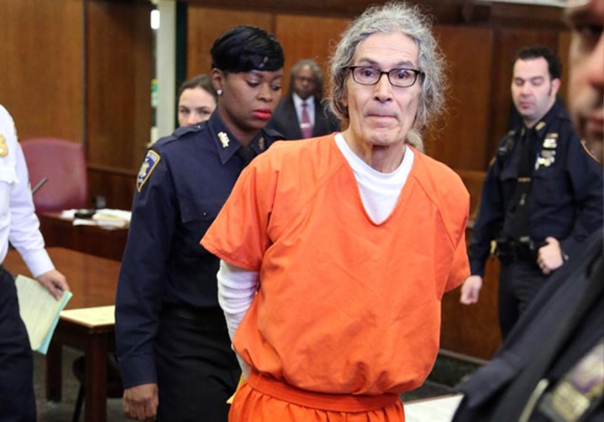
Despite Alcala’s ability to evade authorities for years, his downfall began with the discovery of a pattern in the murders he committed. Police linked several unsolved cases to a single suspect, but it was not until 1979, when Alcala was arrested for the murder of 12-year-old Robin Samsoe, that his killing spree finally ended. The focused keyword in this paragraph is Rodney Alcala’s capture.
Samsoe’s disappearance and murder set off a chain of events that ultimately led to Alcala’s conviction. Investigators found a large collection of photographs and trophies belonging to his victims in his possession, which became crucial evidence in his trial. Alcala was sentenced to death in 1980 for Samsoe’s murder, but his legal battles continued for decades.
Legal Proceedings and Multiple Convictions

Alcala’s legal proceedings were long and complex. His initial conviction was overturned twice due to procedural errors, but he was eventually retried and convicted of multiple murders, including the deaths of Jill Barcomb, Georgia Wixted, Charlotte Lamb, and Jill Parenteau. These cases, along with Rodney Alcala’s legal trials, revealed the extent of his cruelty and the sheer number of lives he had taken.
In 2010, new DNA evidence linked Alcala to more murders, prompting him to plead guilty to additional charges. He was ultimately convicted of seven murders, though authorities believe the actual number of his victims may be much higher. The focused keyword here is Rodney Alcala’s convictions.
The Aftermath and Legacy

Rodney Alcala’s story serves as a chilling reminder of how serial killers can blend into society, hiding their horrific tendencies behind a mask of normalcy. Rodney Alcala’s legacy is one of horror, as his crimes spanned decades, leaving countless families devastated.
His case also brought to light the importance of advancements in forensic technology, particularly DNA analysis, which was instrumental in linking Alcala to multiple unsolved murders. Despite his death sentence, Alcala remained on death row in California for many years before passing away in 2021 at the age of 77. The focused keyword in this section is Rodney Alcala’s legacy.
Conclusion
Rodney Alcala’s life and crimes remain one of the darkest chapters in American criminal history. His ability to charm his way into the lives of unsuspecting victims, combined with his sheer brutality, makes his case both terrifying and unforgettable. The focused keyword Rodney Alcala serves as a symbol of the duality of evil, hiding in plain sight, and the long road to justice for his many victims. His story is a grim reminder of the dangers that can lurk behind even the most charming of facades.
